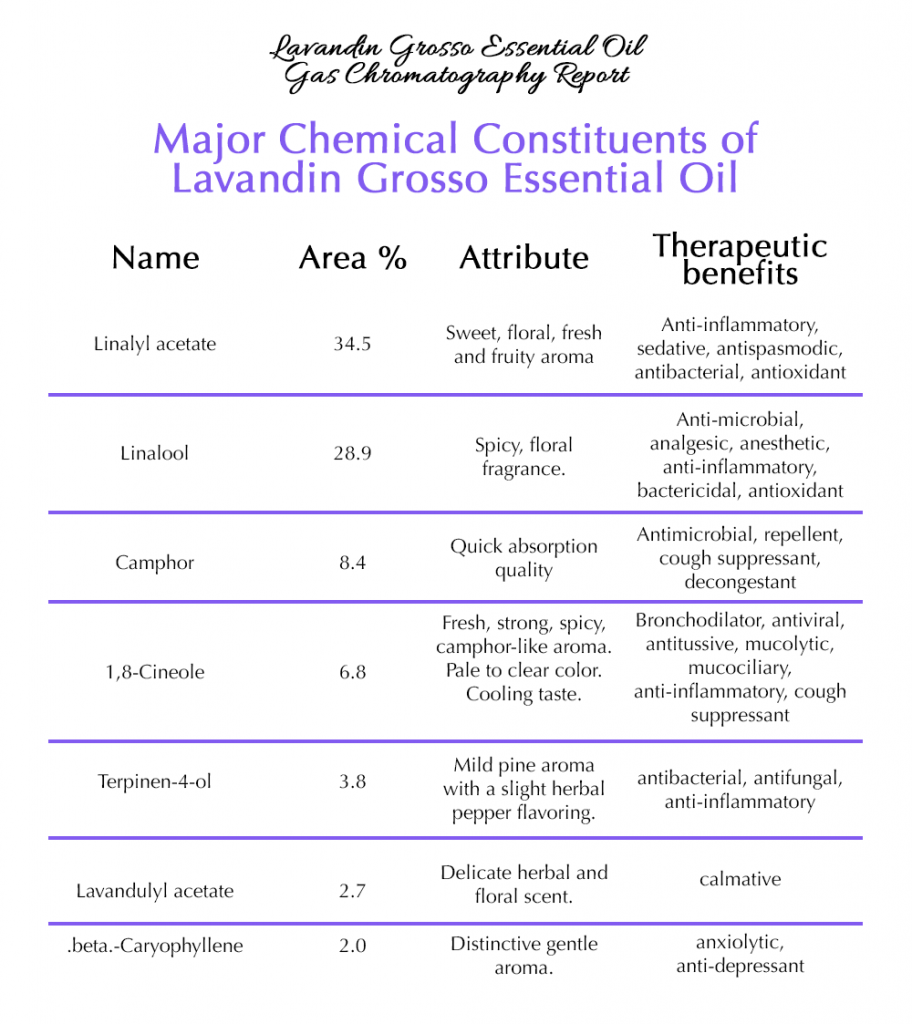On our high desert organic farm, we’re growing nearly 5 acres of lavender, and 50% of the lavender we grow is Lavandula x. intermedia.
In other words, we grow lots of Lavandin.
As a late-season species, this is the last of the lavender we harvest in the summer. We harvest ‘True Grosso’, ‘Super’, ‘Impress Purple’ and ‘Fat Spike’ to distill for essential oil and hydrosol. Our harvest extends through the summer, when we are finally harvesting and distilling the last of the True Grosso for essential oil. Essential oil of L. x. intermedia ‘True Grosso’ is not often found in grocery stores. Due to its attributes we use it in most of our balms and skin care products.
This time of year, the still is operating most days, and we are carefully tending to it. In the video below, hydrosol and essential oil are coming out of the still into the glass Essencier/Separator. The essential oil will sit on top of the hydrosol to be syphoned off and bottled.
Growing dozens of different Lavandin cultivars only demonstrates more fully what we already know: that Lavandin, a cross between English lavender and spike lavender, is a rich species with a lot to offer.
What is Lavandin?
Lavandula x. intermedia (Lavandin) was designed to produce a lot of essential oil with more camphor and cineol than L. angustifolia (English lavender). The desire to produce higher oil-yielding lavender began in the 1920’s in France. Scientists like Abrial wanted to help the deprived rural areas in France after the Great War.
Before the Great War, rural families were able to make a living from wild lavender. After the war, rural populations began to move to the cities. The idea of a higher oil-yielding lavender would spur the agricultural economies and incentivize people to move back to rural areas.
Large production took off in the 1930’s as new hybrids were developed and the demand to use Lavandin to scent soaps and detergents increased. More recently, we are discovering the many benefits of using Lavandin in skin care and aromatherapy.
According to aromatherapist Jeanne Rose, “when grown and distilled at high elevation… its scent can be favorably compared to a sweet true Lavender.”
Jeanne Rose talks a lot about how deeply a particular region’s climate, soils and terrain affect the smell and quality of an essential oil. Working with the land to create high-quality essential oils is part of what makes essential oil distillation an art form.
Read: Distillation: The transformative art
However, in order to practice the art of distillation, we also must understand the chemical make-up of the plants we’re working with.
A scientific look at Lavandin and its benefits
Camphor and cineol, along with linalyl acetate and other chemical components, contribute to Lavandin’s scent, quality and numerous therapeutic attributes, as you can see in the chart below. Distilling Lavandin into a potent essential oil helps us utilize and benefit from this amazing plant.
This chart presents an example of what chemical make-up Lavandin essential oil may have, and the attributes associated with each compound:

Information in chart from Essential Depot
Lavandin is often used as an antidepressant by helping to boost confidence, self-esteem and mental strength. As an analgesic, it is known to help relieve symptoms of arthritis. Lavandin’s anti-inflammatory and antiseptic properties may help treat or prevent inflammation and infections, and provide many benefits for the skin. As an active vulnerary, Lavandin essential oil can quicken the healing of wounds. It’s also known to help with respiratory issues by clearing phlegm from the lungs. Lavandin promotes the health and proper functioning of the nervous system, which is connected to so much of our good health.
Read: Lavender essential oil: Quality is scientific
With so many therapeutic attributes, Lavandin is a go-to herb for many medicinal uses. Uplifting and soothing, this hybrid plant has so much to offer. Growing Lavandin in the high desert of Colorado allows us to capture the wonders of Lavandin and practice the art of distillation to bring forth its many wonderful properties.


Wendy F Jochems
Thank you for this beautiful article…love the chart!
Paola Legarre
Thanks, Wendy!
K McDermott
Thank you for your helpful info! My question is can I harvest and wait to distil (if so, can I pick them at peak period but not distil for 3-4 wks?) Or must I pick and immediately distil? What wouId be the impact to distil already dried lavender?? Thank you!